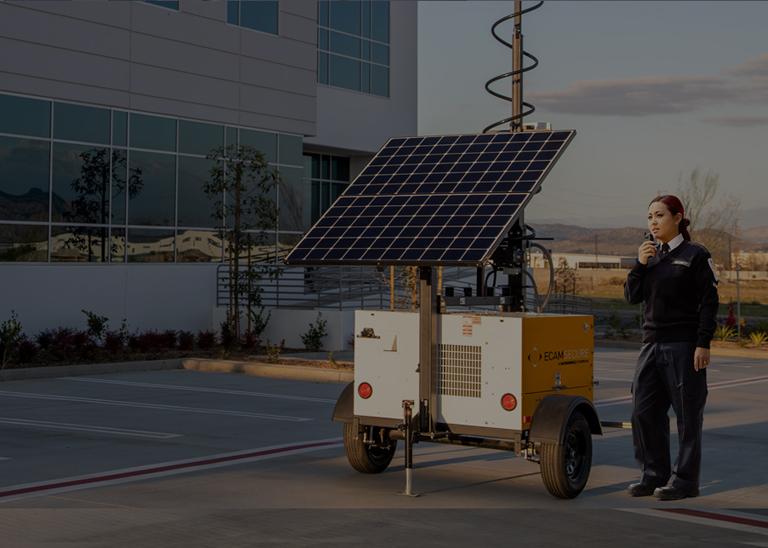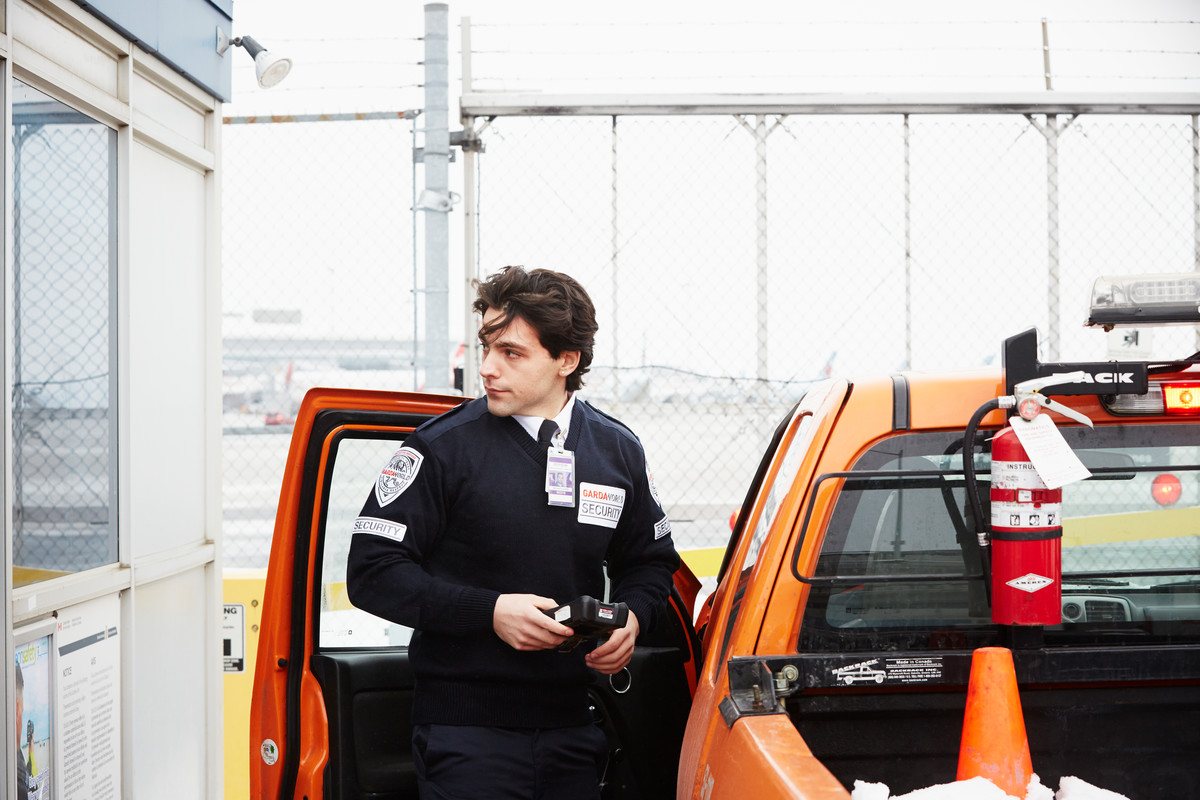How to Convert a Multi-Layered Security System into One Integrated Solution
By ECAMSECURE 22/07/2019

Over the years, you may have developed a multi-layered security system at your organization. However, the layers may not work or communicate with each other in a way that is optimal or promotes efficiencies. An integrated security system transforms a multi-layered approach into an integrated security solution that performs better for your business.
In integrated security systems, all facets of security are centralized so that you can monitor all security operations from a central point rather than dealing with each aspect individually. You can respond to situations much faster using an integrated approach. For example, a security manager can provide access control for facilities across the country, granting and revoking privileges in real time as the staffing situation changes. And a business owner can monitor the premises, visitors and staff from any location using a mobile device or desktop computer with internet access.
If you’re seeing indications that your security plan isn’t being implemented as effectively as it could be, it may be time to upgrade your system to an optimized integrated approach.
Step 1: Audit Your Security System
To develop your integrated security system, business owners, property managers and security coordinators should conduct an audit of the current set up:
- Take stock of what you have
- Determine how well the current system works
- Identify any gaps or vulnerabilities

GardaWorld security guard conducting a site inspection
One of the critical factors during this stage is determining the coverage of the system – does it monitor all stairwells, remote gates, access doors, windows, and any other potential areas of unauthorized access? If you have guards onsite, check if there are systems in place to ensure they provide the necessary coverage, especially during times when the facility may be closed or have few people inside.
Develop a sense of how alarms are communicated and responded to and test all systems to ensure they’re in operating order. Look for gaps in communication, such as an alarm system that’s operated from a specific panel that may or may not be staffed regularly.
Review incident reports and other data to help guide your planning.
Step 2: Determine Your Security Needs
Look at the gaps uncovered in your security audit to determine where you may need to enhance your security plan to tackle new risks and threats or address failings in your coverage. You may be able to take advantage of new technologies to help you manage risk and improve efficiencies.
Identify potential risks and develop priority rankings to address them. The risks can be charted by the potential impact of an event as well as the likelihood of it happening. Risks that pose a threat to human life and property will be high on the list, but business continuity is also a major consideration.
Don’t forget about data security and your company’s brand value and reputation. A disastrous event could impact all of these factors.
Step 3: Integrate Security Components
The audit will likely uncover issues that are the result of the multiple layers struggling to work together. For an effective security plan, all elements must work together to create a cohesive strategy.
As you develop your security plan, integrate the components so there’s a centralized flow of information and response. With seamless integration being a key benefit of technology today, products from different brands can typically be connected to a centralized dashboard or monitoring station so you can still use existing equipment, or simply pick the best options for your situation.
Your system can integrate a variety of components, including:
- Access Control
- Intrusion Alarm
- Video Surveillance
- PA System
- Uniformed Guard Service
All of these devices and systems must work together to provide the level of safety and security that your company requires. You won’t struggle with communicating among different layers of security to have a complete picture of what’s going on at your facility.
Use this Integrated Security System Checklist to ensure you don’t miss a step.
Step 4: Test Your New INTEGRATED SECURITY System
Once upgraded, make sure you test your integrated security system. Because it may integrate components from various sources, it’s critical that all devices operate as expected. Any devices found not to work correctly should be repaired or replaced as needed. You should be confident the system will perform as promised.
If your project includes multiple locations and multiple devices, comprehensive testing could take several weeks or more.
At GardaWorld we’ve developed specialized knowledge of the systems and devices that go into creating a security plan. We’re experienced in creating customized security systems that work with your existing equipment and connect with the latest technology and strategies.
Work with experienced security experts to develop an integrated security system for your company. To learn more about our approach, download our free guide, “Partnering to Offer Integrated Security Solutions “


